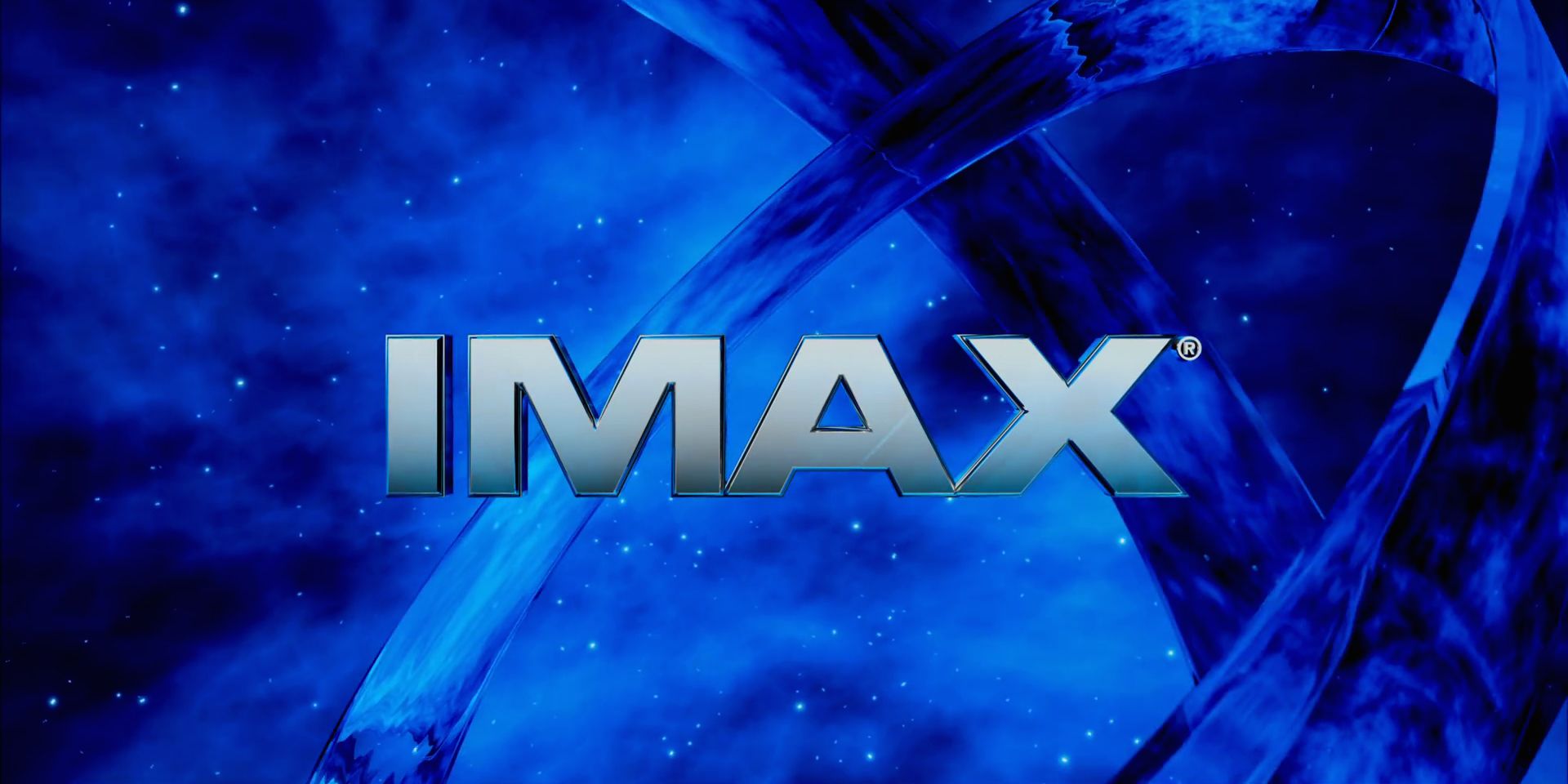
IMAX with Laser is arguably the gold standard when it comes to the moviegoing experience. For the past decade, audiences have been going to IMAX theaters to enjoy the latest blockbuster films on the biggest screens possible. While the company has been around since the 1970s, they really started to hit their stride in the late-2000s, when they started partnering with Hollywood studios and filmmakers to actually shoot feature-length movies with their cameras. And the first movie to do so was Christopher Nolan's seminal film, The Dark Knight, in 2008.
That same year, the company debuted their digital projection system (using dual 2K projectors). Since they were able to install these projectors in already established cinemas, the technology helped bolster the number of IMAX theaters around the world from the low hundreds into the thousands in a matter of years. In fact, that's the type of IMAX theater/projection the vast majority of moviegoers are used to experiencing. But it wasn't enough for them. They spent years developing a new piece of technology that would take the IMAX adventure to the next level - and the result was IMAX with Laser.
Related: First Man's Moon Sequences Are Meant To Be Seen In IMAX
In 2014, IMAX started rolling out their IMAX with Laser projection system, first in a few theaters and now in some more. It utilizes dual 4K projectors, which not only significantly improves the quality of the projection - by getting rid of the prism used in xenon and digital projectors throughout the world and opening up the color, contrast (double that of 15/70 mm, or "real IMAX"), resolution, and frame-rate (up to 60 fps) using Rec. 2020, among several other things - but also allows movies to be shown in IMAX's traditional 1:43:1 aspect ratio. It gives people the opportunity to see the sharpest quality a movie can offer on the biggest screens possible.
Sure, that's an overly-simplified rundown of what IMAX with Laser can do (you can see a more detailed breakdown in the featurette above), but all-in-all, the relatively-new technology is meant to offer crisp quality with a perceived resolution higher than that of 4K. Plus, by coupling that superior visual quality with a 12-channel sound system, IMAX is aiming to deliver the most immersive theater-going experience on the planet. That's not a term that chief quality guru David Keighley is particularly fond of, but it's without a doubt an accurate representation of the company's current state as well as its goals.
In the demo Screen Rant was shown at IMAX's headquarters in Playa Vista, CA, IMAX with Laser even improves upon the 3D technology that many viewers have come to lament over the years. By using laser light, audiences (with the proper 3D glasses, of course) can see real color on the screen, also without enduring any sort of "glitch" by turning their head and losing sight of the 3D. While the technology has certainly improved over time, along with the increase in theater ticket prices, attempting to offer people the best experience possible is something that is at the very core of what IMAX does. And although it's rare to find an IMAX with Laser theater in most areas, that's next on the agenda for the company: bring their laser projection system to as many theaters as possible - both old and new - with 50 installs coming this year alone.
Next: Tom Hardy Shares Venom Movie's Toothy IMAX Poster
from ScreenRant - Feed https://ift.tt/2DA3FSn



0 Comments